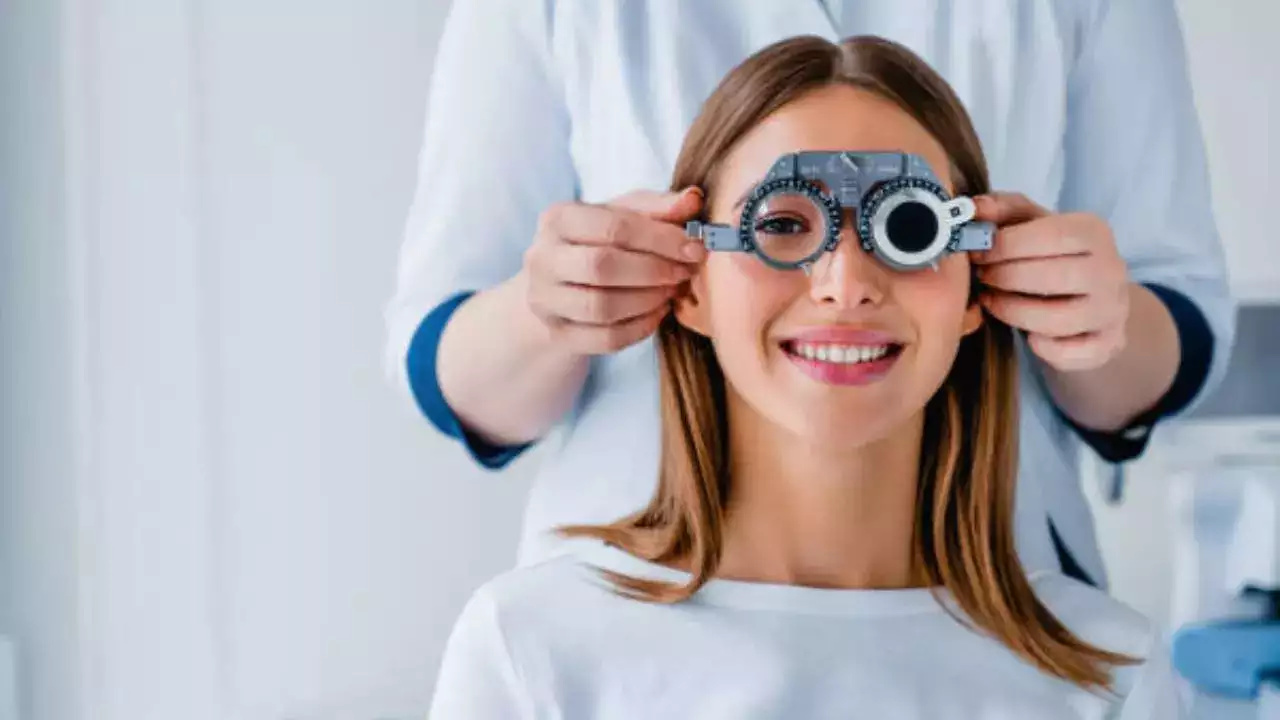
Is Your Sight At Risk? Must-Do Eye Screenings For Every Age Group (Image Credits: iStock)
Taking care of our eyes should be at the top of our health priorities. Think about it—how often do we pause to check in on our vision? For many, the answer is rarely, if ever, until something seems off. The truth is, that our eyes can face a range of challenges as we age, especially with modern lifestyles dominated by screens and fast-paced routines.
So what should you do to keep your eye health in check? Times Now got in touch with Dr Priyanka Singh (MBBS, MS, DNB, FAICO), Consultant and Eye Surgeon at Neytra Eye Centre, New Delhi, who shares that eye health is often ignored until a problem arises. "Regular checkups can significantly reduce the risk of vision loss and help detect conditions early, improving treatment outcomes. It’s about prevention, not just cure,” she said.
So what each age group should know about eye health—and how to keep your vision sharp? Let's check!
For Children: Refractive Errors and Amblyopia
Kids often can’t express when their vision isn’t clear. That’s why parents need to stay one step ahead. Issues like refractive errors (think nearsightedness, farsightedness, or astigmatism) can lead to amblyopia—better known as "lazy eye." If left untreated, it could result in permanent vision loss in one or both eyes.
“Children should ideally have their first eye screening at six months of age,” shares Dr Singh. “Follow-ups should happen at ages 3, 5, and before starting school. Early detection of refractive errors or lazy eye can prevent lifelong vision problems through simple interventions like glasses, exercises, or corrective surgery.”
For Adults: Saving Sight in a Digital Age
In your 20s and 30s, it’s easy to take your vision for granted. Long hours on digital devices, reading in dim light, and stress can lead to tired eyes, dryness, or blurry vision. But here’s the good news: regular checkups can help prevent these issues from escalating.
Dr Singh explains, “Adults in their 20s and 30s are often unaware of the strain digital devices put on their eyes. Digital eye strain is common and can be managed with simple steps like the 20-20-20 rule—looking away every 20 minutes at something 20 feet away for 20 seconds. However, an eye exam every two years is crucial to catch more serious conditions like glaucoma or cataracts early.”
Beyond glasses or contact lenses, exams can reveal early signs of conditions like diabetic retinopathy, especially for those with underlying health conditions such as diabetes or hypertension.
For the Elderly: Painless Loss of Sight
For older adults, vision changes can sneak up over time. Common culprits like cataracts, macular degeneration, or glaucoma often progress painlessly, making regular screenings essential.
“By the time symptoms like blurry vision or difficulty seeing in low light appear, conditions like cataracts or glaucoma are often advanced,” says Dr Singh. “For seniors, annual eye exams are non-negotiable, especially if there are additional risk factors like diabetes or a family history of eye disease.”
Timely interventions, such as cataract surgery or medications for macular degeneration, can preserve independence and quality of life for older adults.
How To Keep Your Eye Health In Check?
No matter what your age is, regular eye exams are the foundation of healthy vision. Dr Singh shares, “Eye health is not just about addressing problems—it’s about preventing them. Start early, stay consistent, and make eyecare a lifelong habit.”
Whether it’s a child’s first pair of glasses, an adult adjusting to life with contacts, or an older adult managing age-related changes, regular checkups can make all the difference.
Get Latest News Live on Times Now along with Breaking News and Top Headlines from Health and around the world.